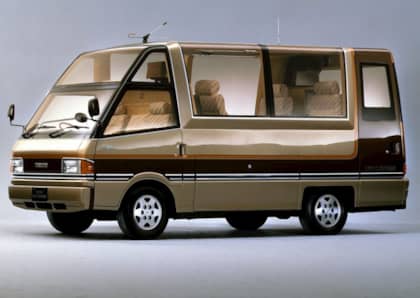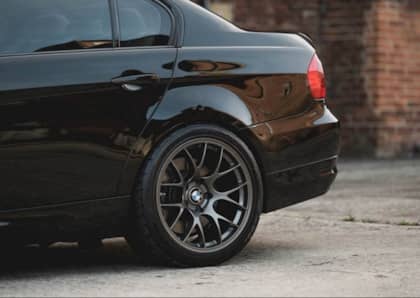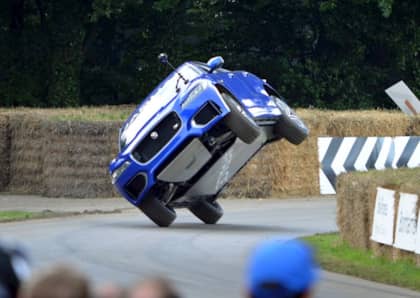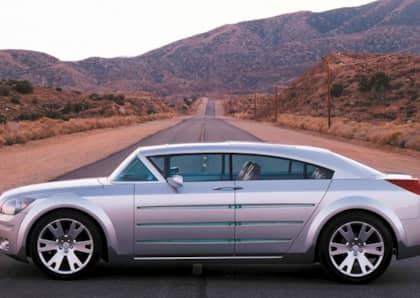9 Weirdest Car Safety Features of All Time
Remember when airbags were a big deal? It turns out that car safety could have gone down a much weirder route—and in some cases did—if more rational decisions hadn't been made about how best to protect drivers, passengers and pedestrians.
Check out our take on some of the weirdest safety gear ever installed—or almost installed—in automobiles, and decide for yourself whether any of this equipment is actually better than the tried, tested and true combination of seatbelts and anti-lock brakes.
1. Volvo Heartbeat Sensor
In the rough and tumble world of Swedish corporate politics, apparently the single greatest threat to the safety of executives who could afford to buy Volvo's S80 flagship sedan was kidnapping. We say this because for most of that model's run it could be purchased with the Personal Car Communicator, which was an oversized key fob linked to a heartbeat sensor in the vehicle that would remotely warn you if someone was hiding in your back seat as you walked up to it at the end of the day.
Read that paragraph again and realize just how lucky you are that you don't need a car capable of detecting the subtle rhythms of the human circulatory system in order to feel safe.
2. Pedestrian Airbags
Airbags keep drivers and passengers safe inside a car, so why not use the same concept to protect pedestrians facing down the steel-encased outside of a vehicle, too? So goes the logic behind pedestrian airbags, a technology pursued by a number of European brands but never put into production.
Primarily, these airbags were designed to alleviate the impact of a person's head on the hood or windshield of a vehicle in the event of a frontal hit, but taller grilles and engine setback rules have been implemented to accomplish largely the same function.
3. Hit and Run Discs
Picture this: You're walking along, minding your own business sometime during the 1930s, when out of nowhere an automobile jumps the curb, blows past you and knocks you to the ground.
What a catastrophe! Have no fear, however, because you'll soon be able to bring the perpetrator to justice thanks to the "hit and run disc" that the car spat out at you after the dirty deed was done. Mechanically activated by the impact of the bumper as it crushes your shinbones, the discs were inscribed with the name of the owner and the license plate number.
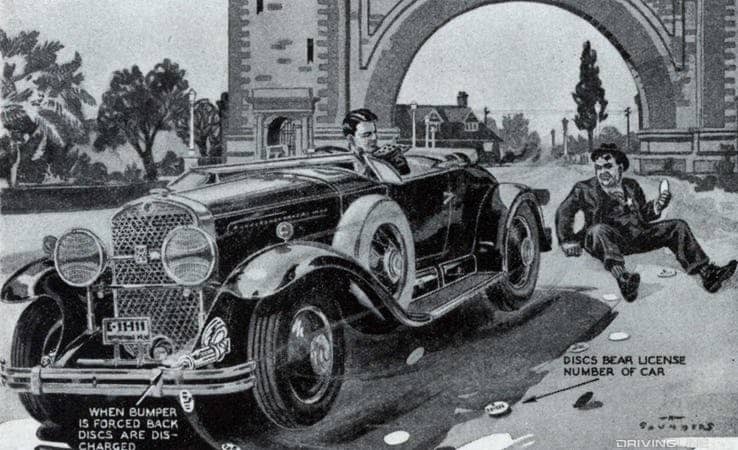
The idea was bandied about in the automotive press of the time, but never implemented. Perhaps someone finally realized that simply not loading the bumper discs into your car would be an easy, and invisible, work-around.
4. Pop-Out Windshields
The Tucker Torpedo was ahead of its time, particularly when it came to safety. One of the more unusual protections afforded by Tucker's industry-shaker was the concept of safety glass that popped out rather than shattered when the windshield was struck during an accident.
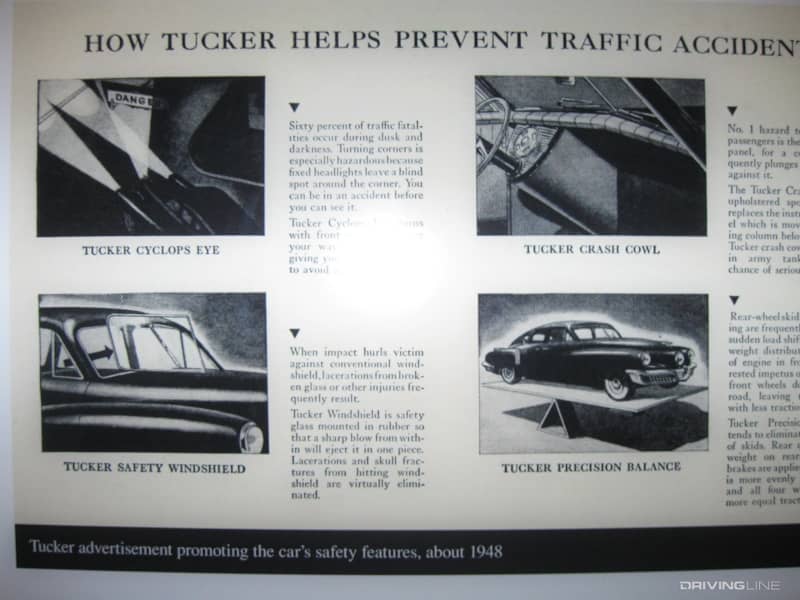
This wasn't designed to protect pedestrians, but rather reduce the damage done to passengers who would have normally been lacerated beyond recognition after having been ejected through the windshield in an accident.
5. Rim Blow Steering Wheel
Wouldn't you rather squeeze the steering wheel to blow the horn than slam its hub in anger? No? Well, 1960s automotive researchers felt they had the data to prove you wrong, and as a result developed an entire line of rim blow steering wheels that would do exactly this.
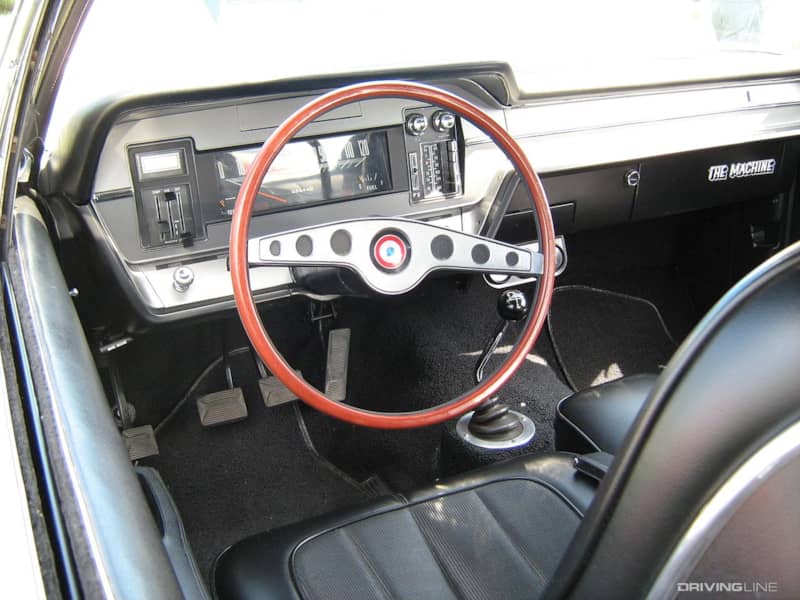
The logic seemed sound—after all, some people instinctively tighten their grip in stressful situations—but the manufacturing capacity of Detroit simply wasn't up to the technological task of making the feature work properly. As time went on, the sun would shrink the plastic circumference of the rim blow wheel, squeezing it to the point where the horn just sounded constantly. The feature was quietly retired after a very short run.
6. Automatic Seatbelts
Automatic seatbelts remain the bane of anyone seeking a vintage '80s car. These ugly, annoying and difficult-to-remove shoulder belts slide back across your body automatically as soon as the door closes, and the slide forward once it's open.
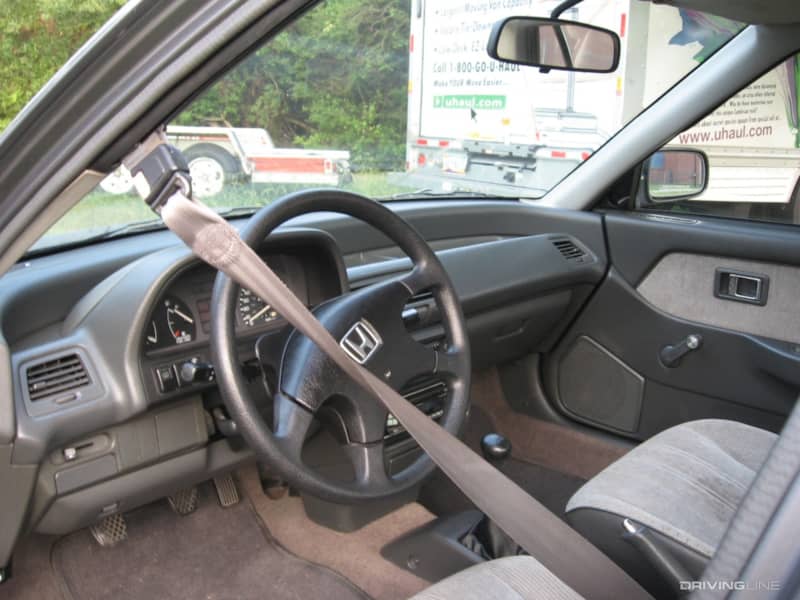
It was a solution to a problem that didn't exist—essentially trying to force people to wear belts—and it was no real improvement over the traditional manually-operated belts. They disappeared from most cars when it was revealed that they were prone to injuring occupants when used in conjunction with modern airbag systems.
7. Speed Chime: Forever
An alert that sounds when your vehicle surpasses a specific speed, typically one selected by the driver, is a feature offered on many current vehicles, and can be a useful tool to help stave off speeding tickets.
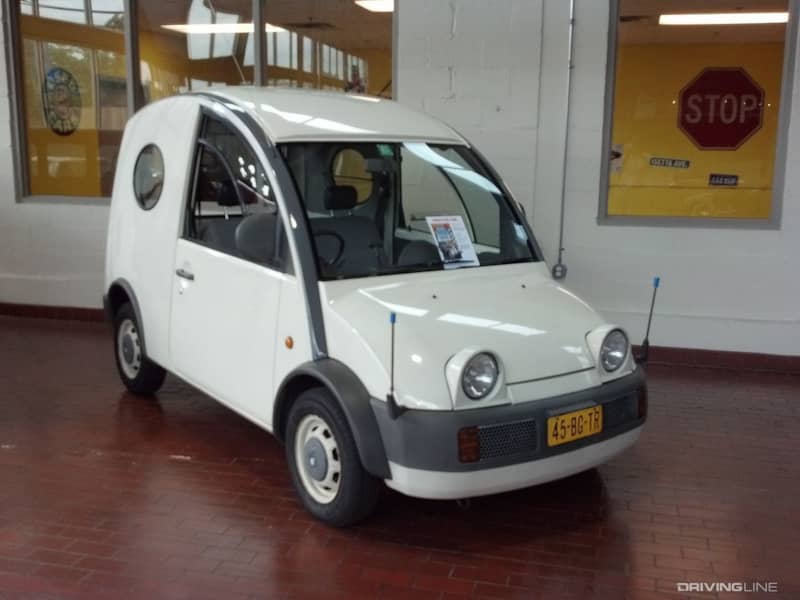
A chime that sounds once your vehicle hits 60 mph, and then continues to sound off, non-stop, for the entire duration of travel above that speed? That sounds more like a recipe for madness, and yet it's exactly what Nissan installed in its S-Cargo compact van, a reflection of Japan's speed limit at the time the vehicle was produced (late '80s/early '90s).
8. Water-Filled Bumpers
Run out of speed discs? Don't worry, it's water-filled bumpers to the rescue! We're not sure who decided that single-use bumpers were a good idea, but we're glad that everyone else in the room shouted them down and restricted this bizarre novelty to taxi fleet usage in a few major U.S. cities in the 1960s.
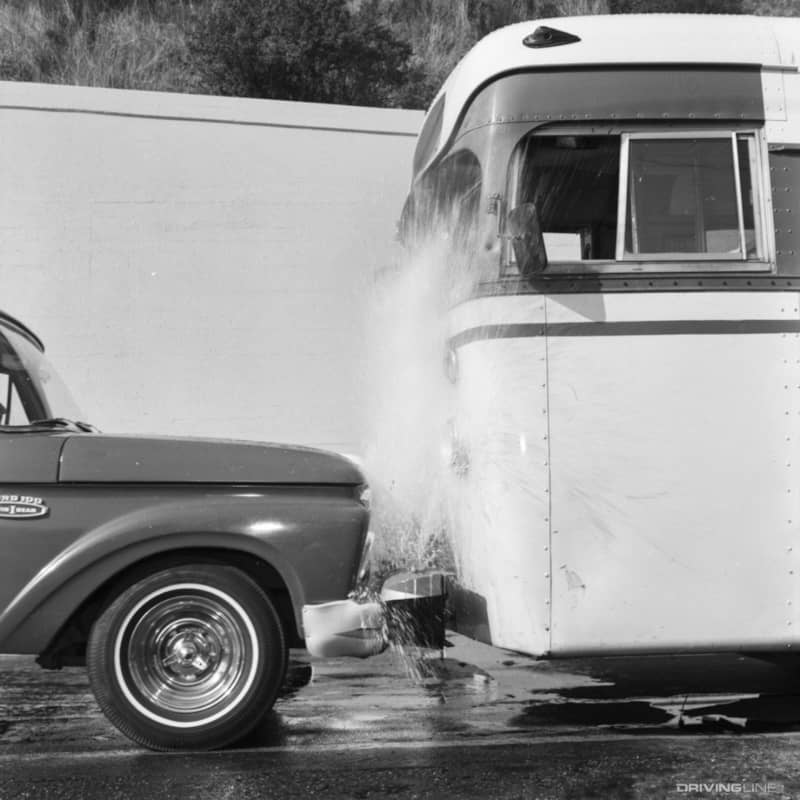
It turns out that the horrendously expensive repair bill to get the feature re-installed after impact prevented their wider adoption.
9. Night Vision
Night vision at first seems like the ultimate high-tech safety feature, and perhaps it would be if it were implemented properly. Unfortunately, although some integrate into a heads-up display, most luxury cars that feature night vision cameras force you to take your eyes off the road ahead and look down at the dashboard to see their eerie images.
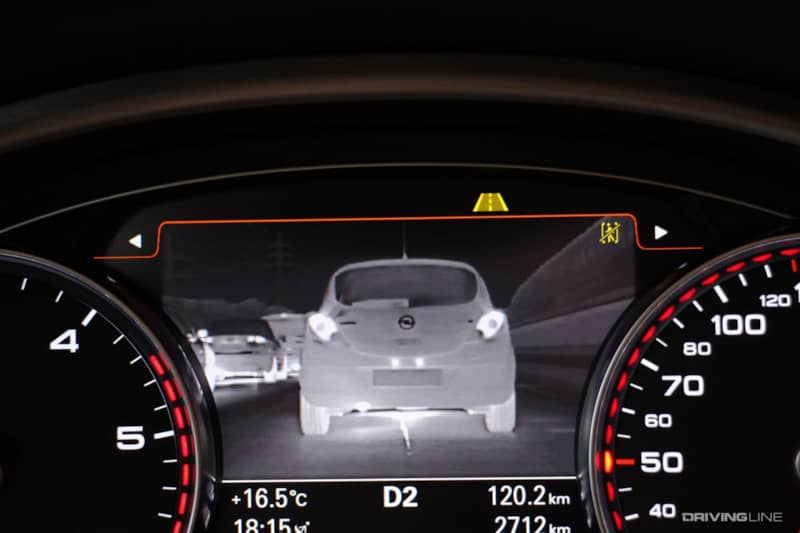
Can this feature help you see better past the edges of your headlights, potentially scoping out wildlife waiting to bound out in front of you at night? Certainly. Do you have to sacrifice looking at where you're actually going to benefit from this second sight? Um, also yes.




